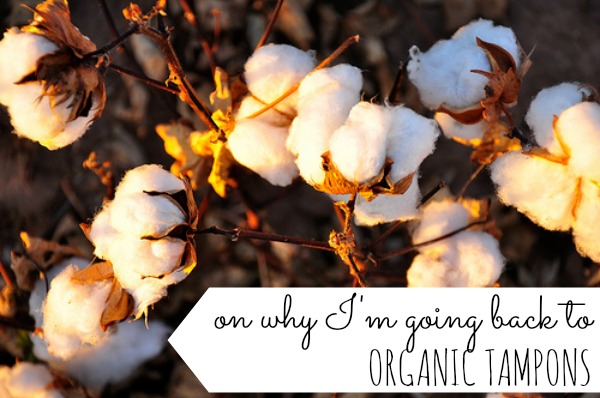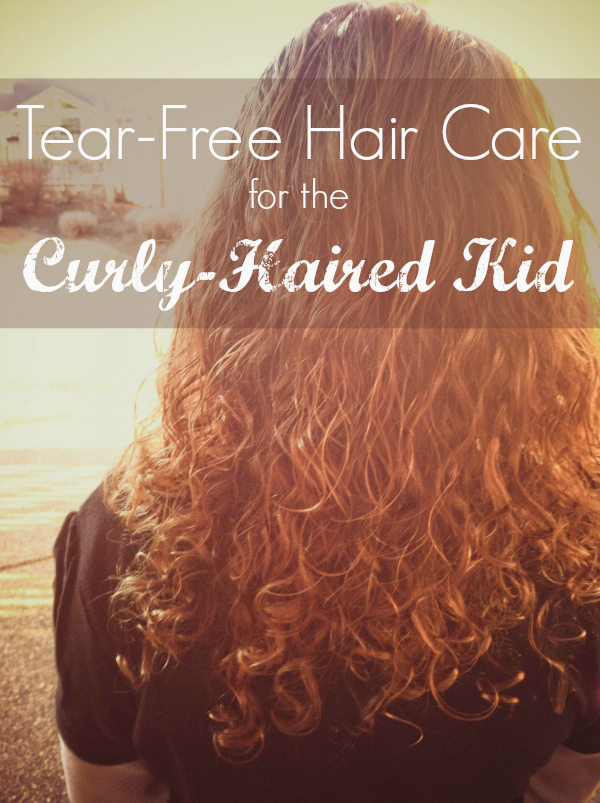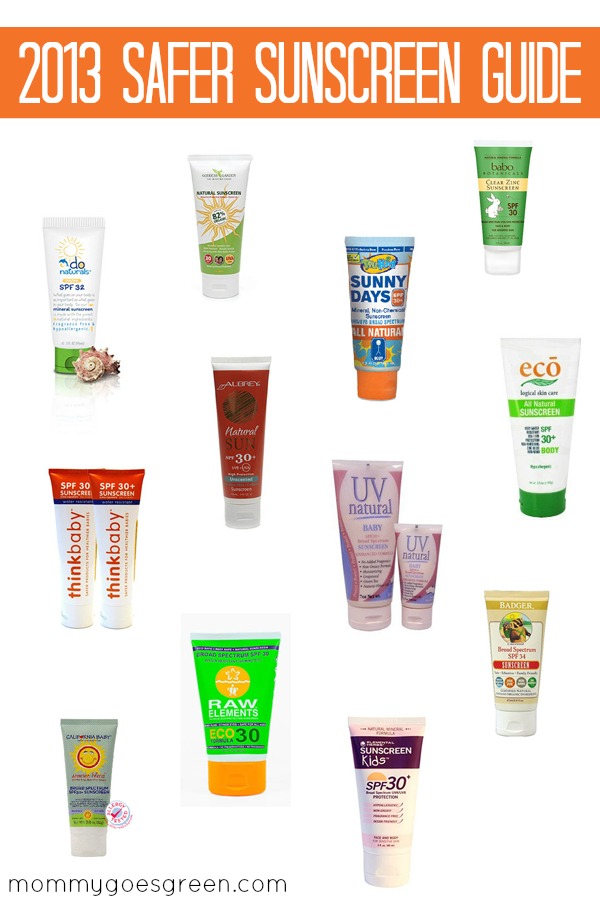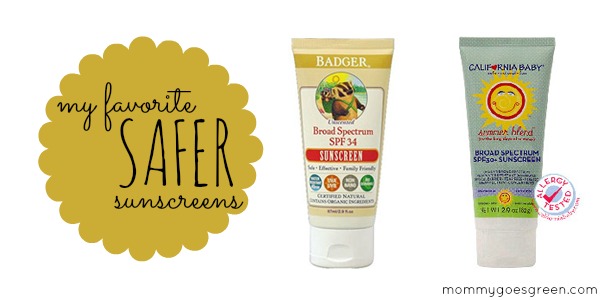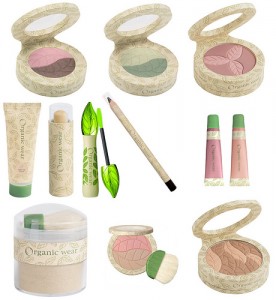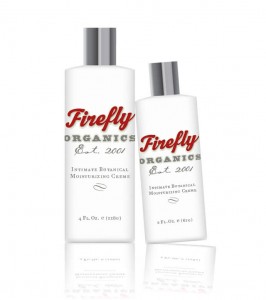When I quit working outside our home a few years ago, I cut expenses. My personal care products was one of those areas and I began using conventional tampons.
I had forgotten that conventional tampons are bleached with chlorine dioxide. The process is technically “chlorine-free” but it releases dioxin into the environment. Dioxin has been shown to cause cancer. I’m doing whatever I can to stand up to cancer.
Conventional tampons are made with a blend of cotton and rayon. 94% of the cotton grown in the United States is genetically modified (GM). I do my best to keep GM food out of our family’s bodies, somehow I forgot that tampons go in my body, too.
Additionally, more than 10% of the world’s pesticides are used on conventional cotton. It’s hard to believe none of the pesticide residue goes into a tampon.
Tampons typically contain odor neutralizers and fragrances. We know that synthetic fragrance is made with chemicals such as phthalates, linked to hormone disruption and neurotoxins, chemicals that are toxic to the brain.
Sanitary Pads aren’t any Better
The FDA considers sanitary pads to be “medical devices” and therefore, doesn’t require them to have their ingredients listed. They are primarily made from plastic, cotton and wood pulp. Some contain latex, a problem for those with a latex allergy. One sanitary pad is the equivalent of using four plastic bags.
Check out this video from Naturally Savvy to see her light two pads on fire: a conventional pad and an 100% organic pad. The difference is incredible!
Natural Alternatives
There are lots of alternatives to conventional pads and tampons: organic, sea sponge tampons, reusable cotton pads and menstrual cups.
Organic Tampons
I currently use organic cotton tampons but have a Diva Cup sitting in the cupboard ready to try. They are made with 100% organic cotton and toxic pesticides are not allowed in organic agriculture. They are bleached with hydrogen peroxide so there is no dioxin released into the environment.
Organic Pads
Reusable Pads
- Heart Felt Bamboo Reusable Pads
- BubuBibi
- Glad Rags
- DIY (one of the most environmentally friendly and affordable options)
Menstrual Cups
Menstrual cups are typically made with medical grade silicone, are BPA free and latex free. They have got to be the most economical option. It takes about 5-6 boxes of organic tampons to pay for the Diva Cup.
- Diva Cup #1 seller on Amazon
- Lena Cup
- Blossom Menstrual Cup Least expensive menstrual cup with great reviews
- Instead Soft Cup A disposable cup, read the reviews to see why there are some big fans 🙂
